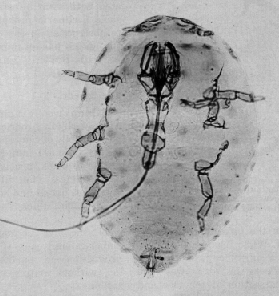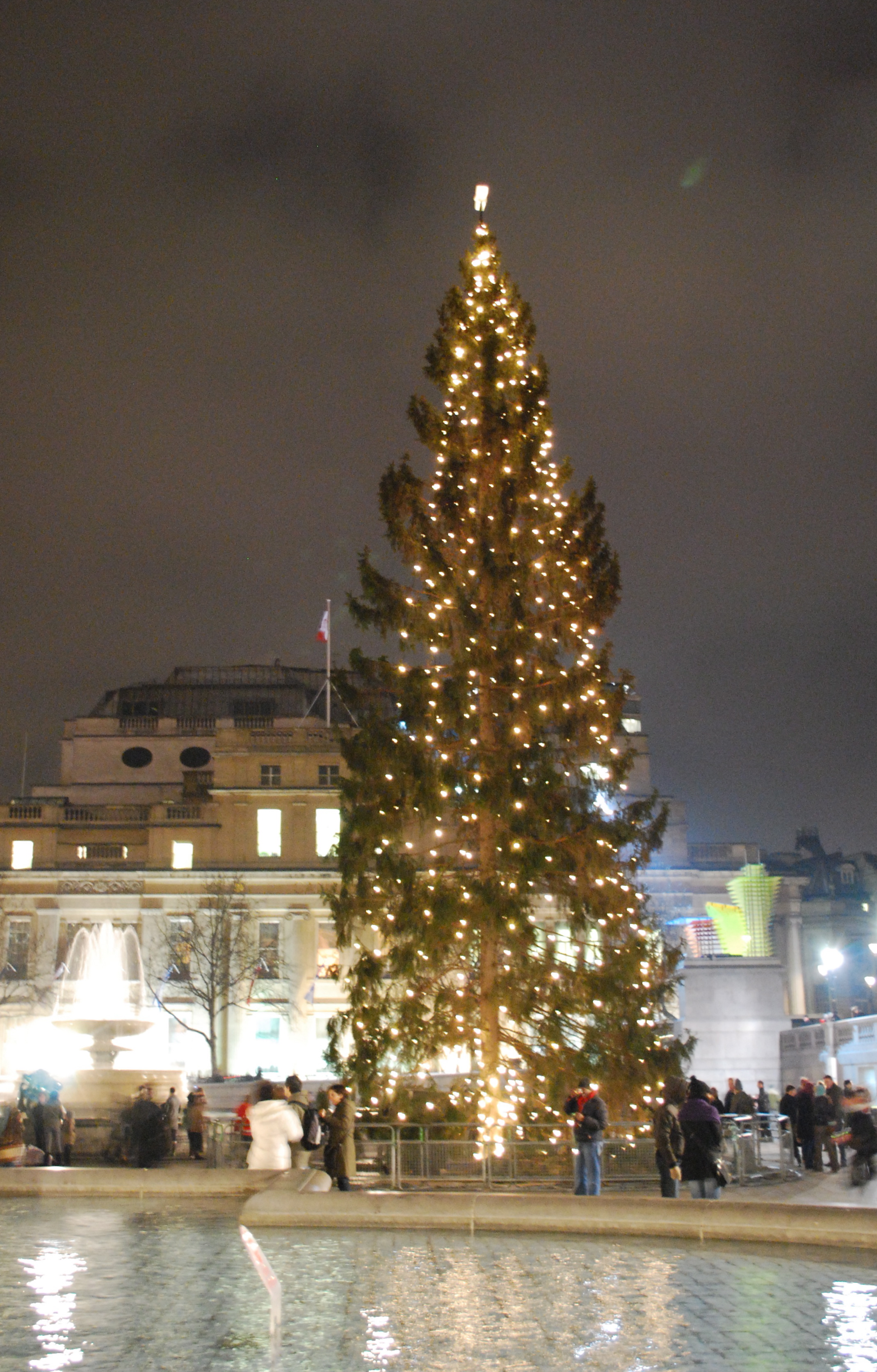|
Aphidecta
''Aphidecta obliterata'', commonly known as the larch ladybird, or larch ladybug, is a species of Coccinellidae, a flying beetle. Varietas Varietas include: * ''Aphidecta obliterata var. fenestrata'' Weise * ''Aphidecta obliterata var. illigeri'' Weise * ''Aphidecta obliterata var. livida'' Dejean * ''Aphidecta obliterata var. pallida'' Thunberg * ''Aphidecta obliterata var. sexnotata'' Thunberg Distribution This species is present in Europe, European Russia, the Caucasus, Belarus, Ukraine, Transcaucasia, Asia Minor, North America, Newfoundland, Virginia and South Carolina.N. B. Nikitsky and А. S. Ukrainsky, 201The Ladybird Beetles (Coleoptera, Coccinellidae) of Moscow ProvinceISSN 0013-8738, ''Entomological Review'', 2016, Vol. 96, No. 6, pp. 710–735 ISSN 0013-8738 Description ''Aphidecta obliterata'' can reach approximately a size of . These tiny beetles have an elongate oval body, with strongly convex elytra, smooth, shiny and densely, finely punctured. Head shows a ... [...More Info...] [...Related Items...] OR: [Wikipedia] [Google] [Baidu] |
Coccinellinae
Coccinellinae is a subfamily of lady beetles in the family Coccinellidae. There are at least 20 genera and 90 described species in Coccinellinae. Genera Coccinellinae includes these genera: * ''Adalia (beetle), Adalia'' Mulsant, 1846 * ''Aiolocaria'' (Crotch, 1871)g * ''Anatis'' Mulsant, 1846 (giant lady beetles) * ''Anisosticta'' Chevrolat in Dejean, 1837 * ''Aphidecta'' Weise, 1893 * ''Calvia (beetle), Calvia'' Mulsant, 1850 * ''Ceratomegilla'' Crotch, 1873 * ''Cheilomenes'' Chevrolat in Dejean, 1837 * ''Coccinella'' Linnaeus, 1758 * ''Coelophora'' Mulsant, 1850 * ''Coleomegilla'' Timberlake, 1920 * ''Cycloneda'' Crotch, 1871 (spotless lady beetles) * ''Harmonia (beetle), Harmonia'' Mulsant, 1850 * ''Hippodamia (beetle), Hippodamia'' Chevrolat in Dejean, 1837 * ''Macronaemia'' Casey, 1899 * ''Megalocaria'' Crotch, 1871 * ''Micraspis (beetle), Micraspis'' Chevrolat in Dejean, 1837 * ''Mulsantina'' Weise, 1906 * ''Myzia'' Mulsant, 1846 * ''Naemia'' Mulsant, 1850 * ''Neda (beetle) ... [...More Info...] [...Related Items...] OR: [Wikipedia] [Google] [Baidu] |
Animal
Animals are multicellular, eukaryotic organisms in the Biology, biological Kingdom (biology), kingdom Animalia (). With few exceptions, animals heterotroph, consume organic material, Cellular respiration#Aerobic respiration, breathe oxygen, have myocytes and are motility, able to move, can reproduce sexually, and grow from a hollow sphere of Cell (biology), cells, the blastula, during embryonic development. Animals form a clade, meaning that they arose from a single common ancestor. Over 1.5 million extant taxon, living animal species have been species description, described, of which around 1.05 million are insects, over 85,000 are molluscs, and around 65,000 are vertebrates. It has been estimated there are as many as 7.77 million animal species on Earth. Animal body lengths range from to . They have complex ecologies and biological interaction, interactions with each other and their environments, forming intricate food webs. The scientific study of animals is known as ... [...More Info...] [...Related Items...] OR: [Wikipedia] [Google] [Baidu] |
Newfoundland
Newfoundland and Labrador is the easternmost province of Canada, in the country's Atlantic region. The province comprises the island of Newfoundland and the continental region of Labrador, having a total size of . As of 2025 the population of Newfoundland and Labrador was estimated to be 545,579. The island of Newfoundland (and its smaller neighbouring islands) is home to around 94 per cent of the province's population, with more than half residing in the Avalon Peninsula. Labrador has a land border with both the province of Quebec, as well as a short border with the territory of Nunavut on Killiniq Island. The French overseas collectivity of Saint Pierre and Miquelon lies about west of the Burin Peninsula. According to the 2016 census, 97.0% of residents reported English as their native language, making Newfoundland and Labrador Canada's most linguistically homogeneous province. Much of the population is descended from English and Irish settlers, with the majority ... [...More Info...] [...Related Items...] OR: [Wikipedia] [Google] [Baidu] |
Adelges Piceae
The balsam woolly adelgid (''Adelges piceae'') is small wingless insect that infests and kills firs. In their native Europe they are a minor parasite on silver fir and Sicilian fir, but they have become a threat especially to balsam fir and Fraser fir after they were introduced to the United States around the beginning of the 20th century. Because this species is not native to North America, the Fraser fir has not evolved any type of defense against it. Reproduction These insects typically lay about one hundred eggs and have three generations per year. The adelgid attacks the tree by feeding in fissures within the bark of trees larger than about four centimeters in diameter at breast height. As it feeds, it releases toxins contained within its saliva. These toxins reduce the conductance of sapwood being built, which causes water stress and kills the trees. Impact The Great Smoky Mountains National Park, straddling North Carolina and Tennessee in the Southeastern United S ... [...More Info...] [...Related Items...] OR: [Wikipedia] [Google] [Baidu] |
Adelgidae
The Adelgidae are a small family of the Hemiptera closely related to the aphids, and often included in the Aphidoidea with the Phylloxeridae or placed within the superfamily Phylloxeroidea as a sister of the Aphidoidea within the infraorder Aphidomorpha. The family is composed of species associated with pine, spruce, or other conifers, known respectively as "pine aphids" or "spruce aphids". This family includes the former family Chermesidae, or "Chermidae", the name of which was declared invalid by the ICZN in 1955. There is still considerable debate as to the number of genera within the family, and the classification is still unstable and inconsistent among competing authors. There are about fifty species of adelgids known. All of them are native to the northern hemisphere, although some have been introduced to the southern hemisphere as invasive species. Unlike aphids, the adelgids have no tail-like cauda and no cornicles.''Bugs of the World'', George C. McGumoFacts on ... [...More Info...] [...Related Items...] OR: [Wikipedia] [Google] [Baidu] |
Lachnidae
Lachninae is a subfamily of the family Aphididae, containing some of the largest aphids, and they are sometimes referred to as "giant aphids". Members of this subfamily typically have greatly reduced cornicles compared to other aphids, and the group has sometimes been classified as a separate family. Genera Source: *''Cinara'' Curtis, 1835 *'' Essigella'' Del Guercio, 1909 *''Eulachnus'' Del Guercio, 1909 *'' Pseudessigella'' Hille Ris Lambers, 1966 *''Schizolachnus'' Mordvilko, 1909 *''Lachnus'' Burmeister, 1835 *''Longistigma'' Wilson, 1909 *'' Maculolachnus'' *'' Neonippolachnus'' *'' Nippolachnus'' Matsumura, 1917 *'' Pterochloroides'' Mordvilko, 1914 *'' Pyrolachnus'' Basu & Hille Ris Lambers, 1968 *'' Sinolachnus'' Hille Ris Lambers, 1956 *'' Stomaphis'' Walker, 1870 *''Tuberolachnus ''Tuberolachnus'' is a genus of aphid Aphids are small sap-sucking insects in the Taxonomic rank, family Aphididae. Common names include greenfly and blackfly, although individual ... [...More Info...] [...Related Items...] OR: [Wikipedia] [Google] [Baidu] |
Larix Decidua
''Larix decidua'', the European larch, is a species of larch native to the mountains of central Europe, in the Alps and Carpathian Mountains, with small disjunct lowland populations in northern Poland. Its life span has been confirmed to be close to 1000 years, with ages of around 2000 years likely. Description ''Larix decidua'' is a medium-size to large deciduous Pinophyta, coniferous tree reaching 25–45 m tall, with a trunk up to 1.5 m diameter (exceptionally, to 53.8 m tall and 11.20 m girth [3.56 m diameter]). The crown is conic when young, becoming broad and often irregular with age; the main branches are level to upswept, with the side branches often pendulous. The shoots are dimorphic, with growth divided into long shoots (typically 10–50 cm long) and bearing several buds, and short shoots only 1–2 mm long with only a single bud. The leaf, leaves are needle-like, light green, 2–4 cm long which turn bright yellow before they fall in the autumn, leavin ... [...More Info...] [...Related Items...] OR: [Wikipedia] [Google] [Baidu] |
Picea Abies
''Picea abies'', the Norway spruce or European spruce, is a species of spruce native to Northern Europe, Northern, Central Europe, Central and Eastern Europe. It has branchlets that typically hang downwards, and the largest cones of any spruce, 9–17 cm long. It is very closely related to the Siberian spruce (''Picea obovata''), which replaces it east of the Ural Mountains, and with which it hybridizes freely. The Norway spruce has a wide distribution for it being planted for its wood, and is the species used as the main Christmas tree in several countries around the world. It was the first gymnosperm to have its genome sequenced. The Latin binomial nomenclature, specific epithet ''abies'' means "like ''Abies'', Fir tree". Description Norway spruce is a large, fast-growing evergreen coniferous tree growing tall and with a trunk diameter of 1 to 1.5 m. It can grow fast when young, up to 1 m per year for the first 25 years under good conditions, but becomes slower once over ... [...More Info...] [...Related Items...] OR: [Wikipedia] [Google] [Baidu] |
Pinus Sylvestris
''Pinus sylvestris'', the Scots pine (UK), Scotch pine (US), Baltic pine, or European red pine is a species of tree in the pine family Pinaceae that is native plant, native to Eurasia. It can readily be identified by its combination of fairly short, blue-green leaves and orange-red bark. Description ''Pinus sylvestris'' is an evergreen coniferous tree growing up to in height and in trunk diameter when mature, exceptionally over tall and in trunk diameter on very productive sites. The tallest on record is a tree over 210 years old growing in Estonia which stands at . The lifespan is normally 150–300 years, with the oldest recorded specimens in Lapland (Finland), Lapland, Northern Finland over 760 years. The Bark (botany), bark is thick, flaky and orange-red when young to scaly and gray-brown in maturity, sometimes retaining the former on the upper portion. The habit of the mature tree is distinctive due to its long, bare and straight trunk topped by a rounded or flat- ... [...More Info...] [...Related Items...] OR: [Wikipedia] [Google] [Baidu] |
Sarmatic Mixed Forests
The Sarmatic mixed forests constitute an ecoregion within the temperate broadleaf and mixed forests biome, according to the World Wide Fund for Nature classification (ecoregion PA0436). The term comes from the word " Sarmatia". Distribution This ecoregion is situated in Europe between boreal forests/taiga in the north and the broadleaf belt in the south and occupies about 846,100 km2 (326,700 mi2) in southernmost Norway, southern Sweden (except southernmost), southwesternmost Finland, northern Lithuania, Latvia, Estonia, northern Belarus and the central part of European Russia. It is bordered by the ecoregions of Scandinavian and Russian taiga (north), Urals montane tundra and taiga (east), East European forest steppe (southeast), Central European mixed forests (southwest) and Baltic mixed forests (west), as well as by the Baltic Sea. Description The ecoregion consists of mixed forests dominated by ''Quercus robur'' (which only occasionally happens further north), ... [...More Info...] [...Related Items...] OR: [Wikipedia] [Google] [Baidu] |
Life Zones Of Central Europe
Central Europe contains several life zones, depending on location and elevation. Geographically, Central Europe lies between the Baltic Sea and the Apennine peninsula, Apennine and Balkan peninsulas. It includes the plains of Germany and Poland; the Alps; and the Carpathian Mountains. The Central European Flora region stretches from Central France to Central Romania and Southern Scandinavia. The lowlands of Central Europe contain the Central European mixed forests ecoregion, while the mountains host the Alps conifer and mixed forests and Carpathian montane conifer forests ecoregions. An important factor in the local climate and ecology of Central Europe is the elevation: an increase of elevation by causes the average air temperature to drop by and decreases the amount of water that can be held by the atmosphere by 30%. This decrease in temperature and increase in rainfall result in altitudinal zonation, where the land can be divided into life zones of similar climate and ecolo ... [...More Info...] [...Related Items...] OR: [Wikipedia] [Google] [Baidu] |





